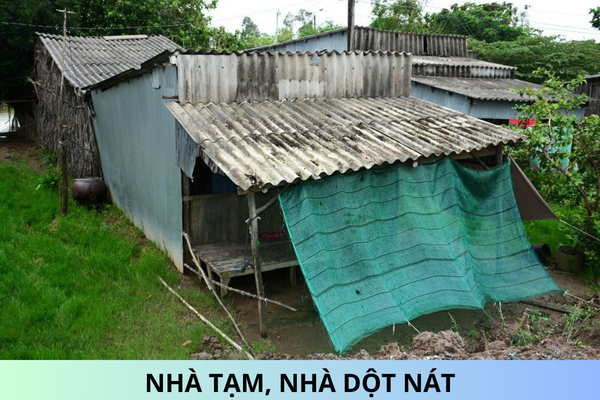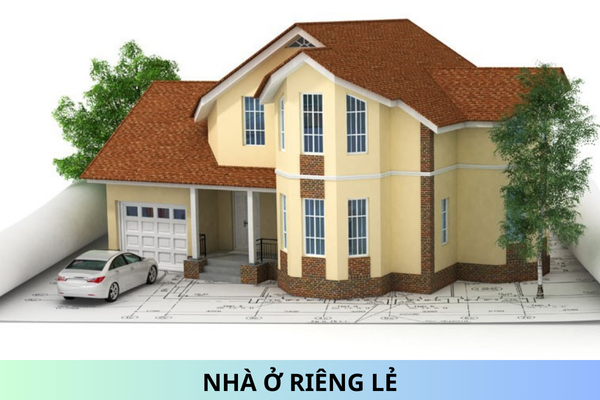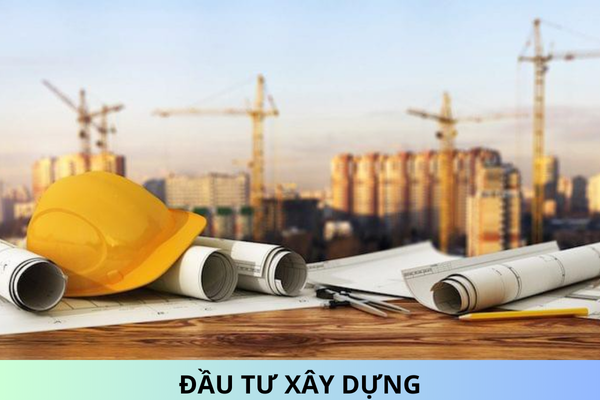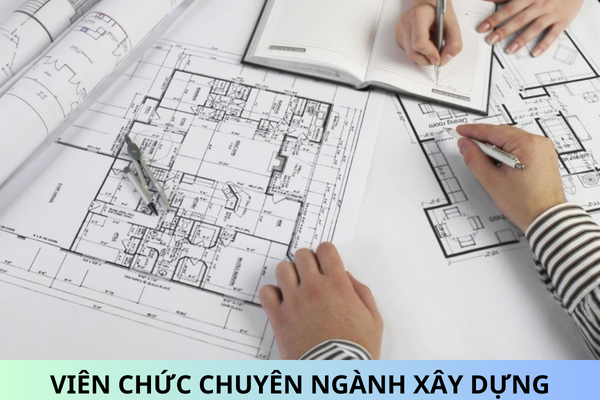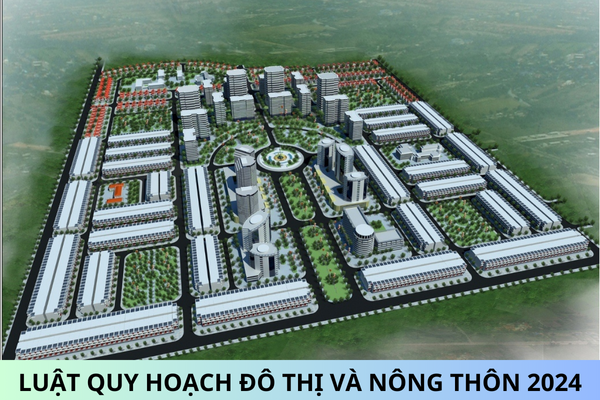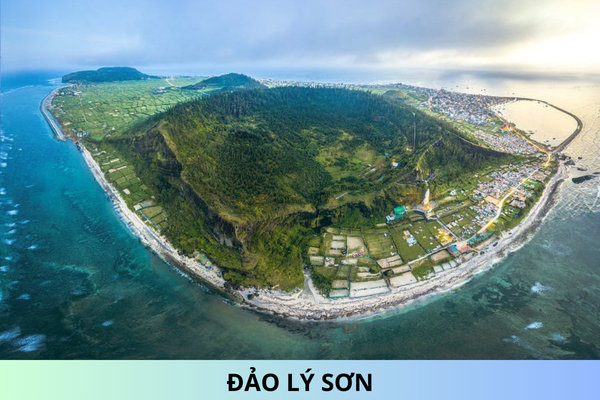What are regulations on design, manufacture and installation in order to ensure safety at construction sites in Vietnam?
What are regulations on design, manufacture and installation in order to ensure safety at construction sites in Vietnam? What are regulations on using lifting equipment on scaffolding in ensuring safety at construction sites in Vietnam?
Please advise.
What are regulations on design, manufacture and installation in order to ensure safety at construction sites in Vietnam?
In Section 2.2.3 Subsection 2.2 Section 2 promulgated together with the National technical regulation on safety in construction QCVN 18:2021/BXD promulgated together with Circular 16/2021/TT-BXD stipulating design, manufacture and installation in order to ensure safety at construction sites as follows:
2.2.3.1 Scaffolding must be designed to withstand the following loads and impacts:
a) Self weight of scaffolding and parts thereof;
b) The maximum estimated vertical load on the scaffold with the safety factor of the load that the scaffold must lift and support is at least 4 (four) or as prescribed by the competent authority. Particularly for ropes, slings of suspended scaffolding must be designed with the maximum load on the rope with a minimum safety factor of 6 (six) or as prescribed by a competent authority;
NOTE: The vertical load on the scaffold is determined from the weight of people, supplies, materials, products, equipment, tools and other objects that the scaffold must lift and support.
c) Impact due to wind (according to parameters specified in QCVN 02:2009/BXD) and other impacts (if necessary);
d) Impacts due to settlement, deflection (if any).
2.2.3.2 Scaffolding must be fully and firmly braced, connected and anchored.
2.2.3.3 If the scaffolding is not designed to stand alone, it must be firmly connected vertically and horizontally to the building under construction (or existing structure) in accordance with the erection design.
2.2.3.4 The part of scaffolding above their highest anchor point to the building must be carefully calculated, designed and checked during erection and use to ensure stability, limit vibration and strength of the structure.
2.2.3.5 Working platform support bars and horizontal beams must be fixed and maintained in place, firmly connected to the horizontal bars, vertical bars or main bars to ensure the stability of the scaffolding during the process.
2.2.3.6 Scaffolding and parts used to support the working platform must be erected on a solid footing system and foundation, firmly braced and supported to ensure stability, without lateral movement or slippage.
2.2.3.7 Do not use weak walls or masonry, drainage pipes, chimneys or any other structure or structural part unsuitable for the purpose of connecting or supporting any part of the scaffolding, scaffolding system.
NOTE: Before erection, the employer must survey and check (the results must be recorded in writing) to ensure that the parts and structure of the work (including the temporary supporting structure) are in good condition for secure and suitable for supporting or bonding with scaffolding. The construction supervisor of the investor (or EPC general contractor) is responsible for checking and approving in writing.
2.2.3.8 To prevent danger from falling objects, scaffolding platforms, walkways and ladders must be covered with curtains or screens to ensure strength and suitable size.
2.2.3.9 Nails used for connection must be driven to the full length, not leaving a section and then bending or smashing them (so that the nail does not slip off).
2.2.3.10 Do not throw, throw or drop objects or parts of the scaffolding from the scaffolding or from above to below. From the scaffolding, only objects or parts of scaffolding are allowed to be lowered slowly to the authorized area and must be supervised by an authorized person standing at the same height as the area where the release is allowed. objects down.
Note 1 to entry: This permitted area is safely defined and controlled according to the hazard zone specified in 2.1.1.2 and 2.1.4.
Note 2 to entry: The competent person is the construction manager or the contractor's OSH manager and is trained in occupational safety and health.
2.2.3.11 Metal scaffolding must not be erected within a range of less than or equal to 5.0 m from the outer surface or the nearest point from the scaffold to overhead power transmission lines and equipment and in accordance with regulations on electrical safety (according to voltage level) stated in QCVN 01:2020/BCT; except for the following cases:
a) Other safe distances decided by competent persons;
b) Power transmission lines and equipment are reported and certified in writing by the power transmission management agency (or organization) as having no power and not in use (or energized) during the construction period, use, dismantle scaffolding and be decided by the competent person.
NOTE: Competent persons include the representative of the investor or the director of the project management board of the investor, the chief construction supervisor of the investor (or the EPC general contractor) and the project manager (of the contractor).
2.2.3.12 For scaffolds with a height of 2.0 m or more, safety railings and foot rests must be installed at parts of the working floor, walkways and steps.
2.2.3.13 Working floors, stairs, ladders, walkways of scaffolding must have suitable dimensions; especially the width must ensure enough safety to perform the work on the scaffolding and not less than 50 cm.
What are regulations on using lifting equipment on scaffolding in ensuring safety at construction sites in Vietnam?
In Section 2.2.5 Subsection 2.2 Section 2 promulgated together with National technical regulation on safety in construction QCVN 18:2021/BXD promulgated together with Circular 16/2021/TT-BXD stipulating using lifting equipment on scaffolding in ensuring safety at construction sites as follows:
2.2.5.1 In case lifting equipment must be supported, the scaffolding must meet the following additional requirements:
a) Scaffolding must be inspected by a competent person and supplemented with reinforcement and other safety measures (if necessary); in which measures must be taken to prevent the movement of horizontal bars supporting the floor where lifting equipment is placed;
NOTE: A competent person is a scaffold designer or a person who is trained in structural engineering and has experience in designing and verifying scaffolding designs. Inspections should be coordinated with the lifting equipment manager.
b) Scaffolding must be connected to the solid part or part of the structure at the position closest to the place where lifting equipment is installed;
c) Comply with the requirements for the use of lifting equipment as specified in 2.4.
Best Regards!
